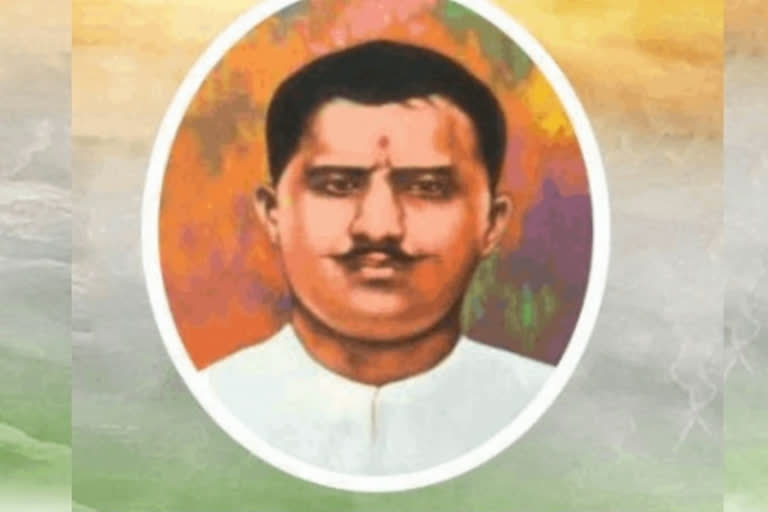Context:
The Ministry of Culture organised a special ceremony at Shahjahanpur, Uttar Pradesh to mark the 127th birth anniversary of Shaheed Ram Prasad Bismil.
About Pt. Ram Prasad Bismil
- He was born on 11th June 1897 in Shahjahanpur and was amongst the most notable Indian revolutionaries who fought against British colonialism.
- He was associated with the Arya Samaj from a young age.
Major contribution
- He founded the Hindustan Republican Association (HRA- later renamed as Hindustan Socialist Republican Association) with Ashfaqullah Khan and Jogesh Chandra Chatterjee as founding members.
- He participated in the Manipuri conspiracy of 1918. Bismil along with Genda Lal Dixit, organised youth to strengthen their organisations, ‘Matrivedi’ and ‘Shivaji Samiti’
- He participated in the Kakori conspiracy of 1925 with Ashfaq Ullah Khan and Roshan Singh to protest against British Rule.
- He was martyred at Gorakhpur Jail on 19th December 1927 just aged 30, for his role in the Kakori conspiracy.

Bismil’s Philosophy
- His ideals of freedom struggle stood in contrast to that of Mahatma Gandhi. He would reportedly say “Independence would not be achieved by means of non-violence”.
His Major Works
- He penned patriotic verses in Hindi and Urdu under pen names like ‘Agyat’, ‘Ram’, and the one that is most known – ‘Bismil’ (meaning ‘wounded’, ‘restless’).
- He wrote his first poem ‘Mera Janm’ at the age of 18 to express his anger over the death sentence given to Arya Samaj missionary Bhai Parmanand.
- He published a pamphlet titled ‘Deshwasiyon ke Naam’ and distributed it along with his poem ‘Mainpuri ki Pratigya’ in 1918 to collect funds for the organisations.
- In Lucknow Central Jail, Bismil wrote his autobiography, considered one of the finest works in Hindi literature, and also the cult song “Mera rang de Basanti Chola”.
- He also wrote ‘Sarfaroshi Ki Tamanna’ which became the anthem for freedom fighters.

